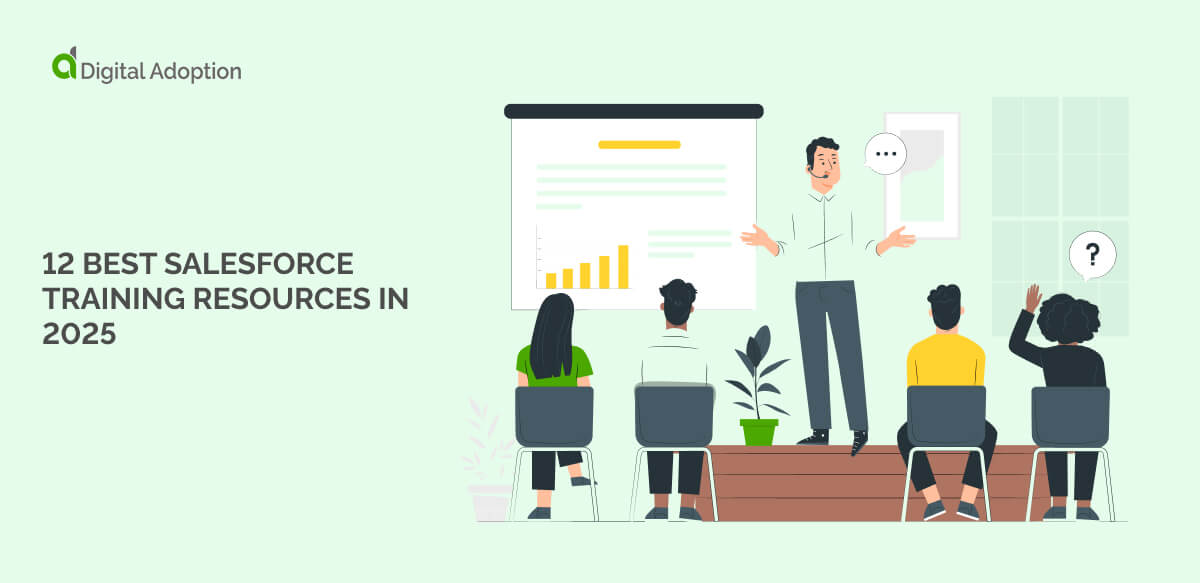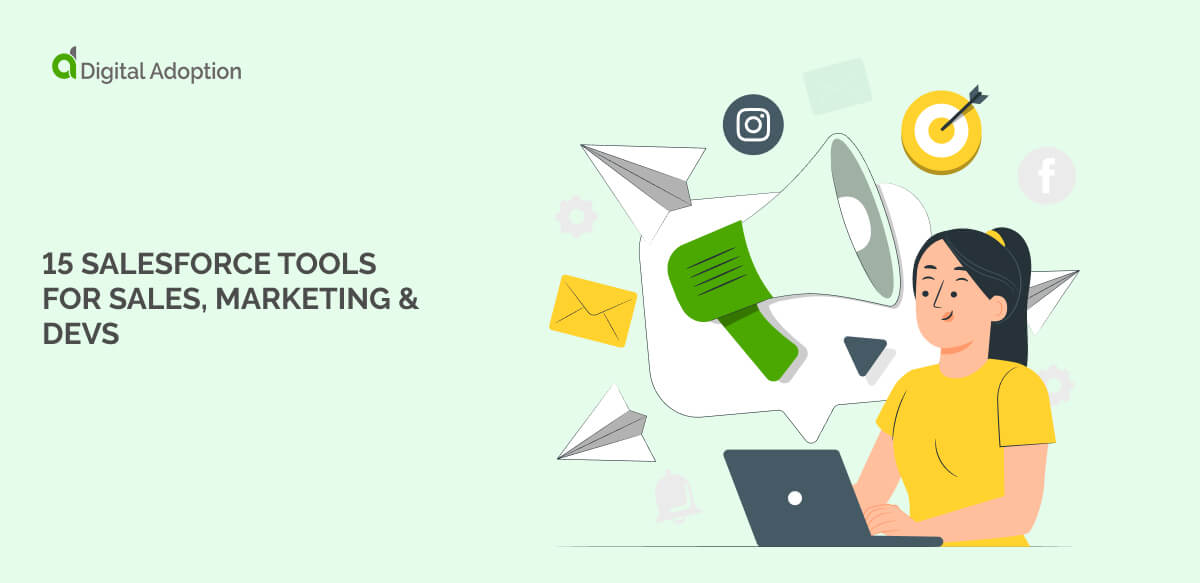Today, businesses must take digital transformation beyond technology.
Understanding the human differentiator is essential to success in the digital economy.
Here are a few reasons why:
- Despite the convenience offered by machines, customers prefer interacting with humans. According to Accenture, 83% of customers prefer receiving customer service from humans, rather than machines. And other research has shown that customers often call businesses when making a purchase decision, specifically to speak with a human.
- Customer experience makes a major difference in brand perception, brand choice, and customer loyalty. A single bad experience can drive customers to another brand. It is vital, therefore, to develop a powerful customer experience management strategy.
- In apps, the user experience affects a wide variety of metrics, from user engagement to customer lifetime value. A product experience experience is also a competitive differentiator. Products and apps that are easier to use will have lower churn rates, abandonment rates, and uninstall rates. They will also have higher engagement rates, which increases monetization metrics and bottom-line profits.
- The employee experience impacts engagement, productivity, and performance, especially in the digital age. Today, employee engagement is more tenuous than ever. Lack of growth opportunities often pushes workers to seek out employment that offers better career development options.
The human factor is a critical differentiator in the digital economy.
When any company can carbon copy a product and distribute it with ease, businesses need to find new ways to differentiate themselves.
The customer experience represents the front lines of this battleground.
But it is important to remember the value of the employee experience – after all, employees are, in a sense, also customers.
How to Take Digital Transformation Beyond Technology
The first step towards carving out stellar experiences is to recognize that the human element is a strategic differentiator.
Below are a few ways that you can take your digital transformation beyond technology, by focusing on humans.
Design Brand Experiences that Are Customer-Centric
Customer-centrism should be embedded into every business model, process, and function.
To do this, develop systematic mechanisms such as:
- Feedback-driven product creation. Customer feedback can help businesses design products that are more relevant, useful, and liked.
- Data-fueled design. Analytics offers an important window into customer needs and behavior. Feedback alone will only give you what customers self-report – analytics can help you see what they themselves cannot see.
- Continual, iterative development and release. Incremental, customer-driven iterations reduce waste. As opposed to waterfall product development, incremental releases keep products more relevant and useful.
In short, businesses must design business systems that continuously incorporate data into experience designs.
Personalize
Technology has enabled new levels of personalization, which increases customer engagement, satisfaction, loyalty, and lifetime value.
It is also worth noting that personalized experiences can also become marketplace differentiators.
Brands that can deliver more personalization can attract and retain more customers.
However, personalization can extend far beyond marketing, its most common application.
A few examples include:
- Advertising and marketing. Advertising has helped pioneer personalization, through a variety of marketing tactics, such as retargeting and recommendation engines.
- Products and services. Tailoring services to meet the needs of specific customers increases engagement, purchase rates, and lifetime value.
- Delivery. Advances in supply chain management and logistics can enable customers to reroute shipments, schedule deliveries, and more.
- Communication and customer service. Using customer data to personalize customer care can help streamline customer service, decrease costs, and increase satisfaction.
The bottom line is that personalization affects the bottom line – it should be a staple in any business.
In Customer Service, Solve Problems … Don’t “Delight”
A recent trend in customer service has advocated “delighting” customers with over-the-top customer service experiences.
On the surface, this idea seems sound.
However, it is actually business-centric, not customer-centric.
This approach is based on what businesses think their customers want, not what the customers actually do want.
One study found that “delighting” customers doesn’t build loyalty, solving problems does.
When people contact support departments, they don’t want fanfare. They just want to solve a problem quickly and efficiently.
The study’s authors pointed out that helping customers achieve that goal helps reduce customer service costs, improve results, and decrease customer churn.
Transform the Human Experience from the Inside Out
A human-centered mindset should be part and parcel of the organizational culture.
And human-centrism shouldn’t just mean customer-centrism – it should also mean employee-centrism.
After all, cultures that truly put people first will manifest that attitude in their products and services.
Here are some ways to transform a business culture into one that is more human-centered:
- Train employees well. Effective employee training doesn’t just help employees perform better, it also improves engagement and happiness.
- Offer career development opportunities. Career development, likewise, can help keep employees invested for the long haul. After all, companies that treat their employees well will be treated well by their employees.
- Initiate well-being programs. Stress is normal in any work environment. A well-being program can help reduce stress, keep employees happier, and improve the work environment as a whole.
- Improve working conditions. Other strategies for improving work conditions can include things such as remote working options, flex-time, social activities, and an office’s interior design.
Approaches such as these will help companies gain a positive reputation, attract and retain top talent, and have a positive impact on their own workforce.







![18 Examples of AI in Finance [2025]](https://www.digital-adoption.com/wp-content/uploads/2025/06/18-Examples-of-AI-in-Finance-2025-300x146.jpg)
![14 Examples of AI in Manufacturing [2025]](https://www.digital-adoption.com/wp-content/uploads/2025/06/14-Examples-of-AI-in-Manufacturing-2025-300x146.jpg)




